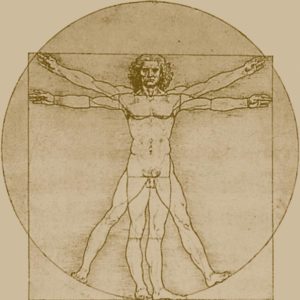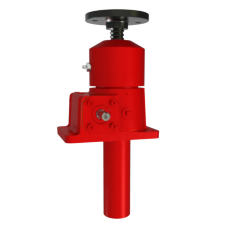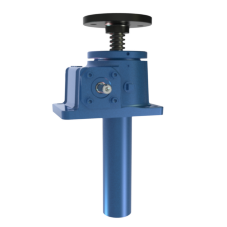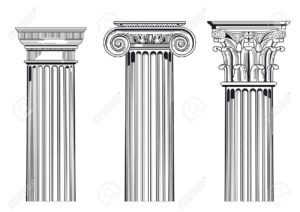In the last of our series exploring the design considerations outlined in the white paper “How to Size a Worm Gear Screw Jack we look at the most esoteric of factors in determining the proper linear motion solution; the look of it.
Sometimes the “human element” determines some of the design considerations of a jack. For instance, a small jack could lift a ton, but because of its small appearance, people could perceive the jack to be unsafe. Therefore, in applications where the jack is visible, larger jacks are often specified to bring a sense of comfort and scale. However, when jacks are buried within an application or machine, these types of human interaction considerations are not necessary.
Other look and feel considerations should also be taken into consideration. Will the jack need to be assessable for regular maintenance? Will it be in near a heavily trafficked area, susceptible to accidental damage or contact? Will it be overhead, and more prone to the need to “look” safe? These may seem like fuzzy questions to ask, but they are just as important to consider as any factor with a seemingly simple equation.
Useful tools:









